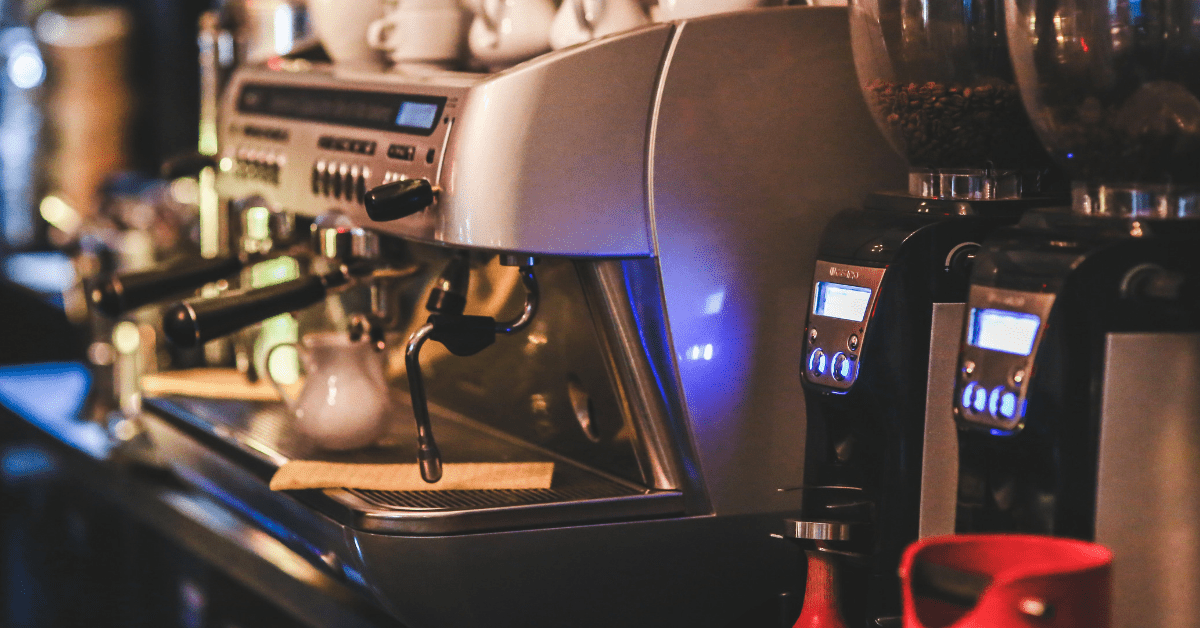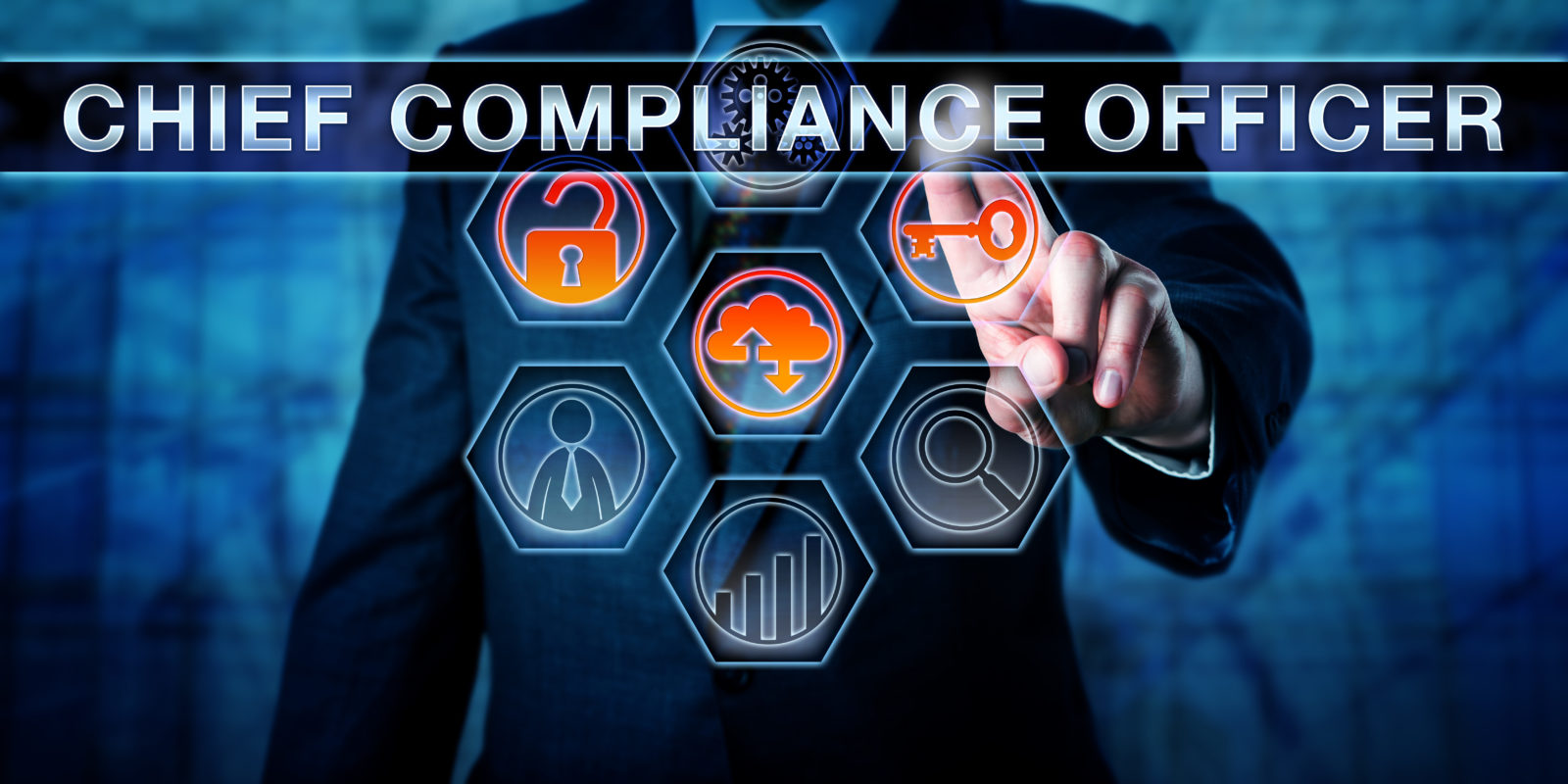
Servers come and go frequently, and they all need onboarding and training. Scheduling shifts and accommodating last-minute changes can throw you off balance. Calculating benefits, especially for part-time and temporary staff, can be challenging.
And those are just your own job worries. Like you, your employees often seem overworked and frazzled. You’d like to help them, but what can you do?
Fortunately, today’s technology offers solutions to these problems. Here are some of the ways it can help.
Hiring—Permanent and Temporary
Finding good workers is tough. Recruiting and retention are the top challenges for restaurant managers, according to a National Restaurant Association survey. You can spend hours sifting through resumes and applications only to learn in the interview that the applicant is a poor fit.
Screening software can help. Apps like EZ Applications and ApplicantPro screen and rank candidates with customizable questionnaires to help you find people who not only have the skills and experience you need, but are in tune with your culture. Only the best candidates make it to the interview, ensuring that they won’t waste your time.
Once you hire someone, you need to carefully manage all their information, including I-9 forms, tax forms, schedules, evaluations, and benefits. There are many legal requirements surrounding various types of documents, some of which must be kept separate from others.
To find documents easily—and help auditors find them, as well—do yourself a favor and use document management software. Just make sure it integrates with your existing human resources management system (HCM, HRMS, or HRIS).
In some businesses, once you’re staffed up and have your employee documents in order, many of your HR worries are over.
But not in the restaurant industry. You often need to find temporary help in a hurry. If the dishwasher doesn’t show up for a shift and the busser walks out on the job, what do you do?
One solution is to use Jitjatjo, which lets you book temporary staff in under a minute and promises to get them to you within an hour. Jobletics, a similar service, specializes in the restaurant industry. If you need extra help for a big banquet—or for longer periods, like your busy holiday season—apps like these can find you qualified workers when you need them. Most pay the workers and handle payroll and tax forms for you—another bonus.
Training
Of course, you need to show new hires around your kitchen and teach them your procedures. But your staff also needs ongoing training in food safety and dealing with customers. It doesn’t all have to be done by you.
Apps like Coinspect and Upward Mobility train workers in food safety inspections. Restaurant Rockstars and Waitrainer train servers—or help improve their performance. You can even create a custom app to cover the ins and outs of your own restaurant.
Online training apps get your staff up to speed quickly and prepare them for restaurant inspections, taking a load off your mind and giving you more time to focus on strategy and planning for the future.
Scheduling
Scheduling is a never-ending task for restaurant managers, who must often make last-minute changes. The good news is, a schedule’s spreadsheet-like format makes it an ideal candidate for software, and you have a host of solutions to choose from.
7Shifts, designed specifically for restaurants, and When I Work both have simple interfaces that let you drag and drop employee names into shifts and notify them of their hours. 7Shifts also calculates your labor costs.
Both apps allow workers to communicate with one another, so if Jane’s car breaks down, she can message Phil to cover for her. If he says yes, all you have to do is click “Approve,” instead of turning away from more important work to scramble for a replacement.
There are many other scheduling tools, and general productivity and some project management apps such as Sling can also handle the job for you.
Mobile Payments
The traditional restaurant payment system is no model of efficiency.
Just think about it. A server leaves a bill, then comes back to pick it up with the customer’s credit card, then processes it, brings the card and a receipt back to the table, waits for the customer to sign, and finally, hands the customer a copy.
In the meantime, diners who have questions about the special, need a coffee refill, or crave dessert are wondering, Where IS that waitress, anyway?
Mobile pay apps make your staff more productive and lend cachet to your establishment, leading to faster service, better tips, and happier employees. These apps are catching on fast. In a 2017 Restaurant Technology study, two-thirds of restaurateurs said establishing mobile payments was a top priority.
As more players enter the field, you have a growing selection of tools. Apple Pay has already gained wide acceptance. Ambur handles reservations and orders in addition to payments, and calculates prices for customers who want to split the bill. LevelUp gives customers rewards to keep them coming back.
Reservations
Reservations software allows your employees to spend time taking care of diners instead of standing behind a dais scribbling names on a waitlist and calling out names of people who may have given up and left.
Waitlist Me uses text messages and phone calls to let people reserve a table. DineTime adds analytics, giving you historical data on wait lists, party size, time spent at tables, and more, helping your staff organize space for maximum efficiency. OpenTable allows patrons to make changes to the table or party size without burdening your employees with phone calls. It also helps you plan shifts and measure shift revenue.
Choosing Vendors
From corralling employment documents to wrangling tables, you have a wide range of technologies at your disposal to make both you and your workers less stressed and more efficient. As you can see, some applications specialize in a single function while others do several things. A few, like Delaget, do a lot of things, including accounting, payroll, reservations, and inventory tracking to prevent theft.
Every restaurant is unique. Choose the technologies that are right for you and your staff, whether that means using several single-function apps or one broad-based solution.
Be sure to read reviews and consult with your employees about the tools you expect them to use. And make sure any software related to hiring, employee development, or document management integrates will with your overall HR management system. After all, the last thing you want to do is make more work for yourself.
To learn more about Access’ CartaHR employee document management software, watch this video, Making Life Easier for HR.
Andrea Palumbo has over 20 years of experience in the HR and Payroll industry as both an HRIS client and vendor. Her teams are responsible for implementing and maintaining critical HR technology, data and timely processing of payroll for over 1300 employees globally. Andrea’s in-depth knowledge of HR Technology and sensitive employee data allow her to convey the benefits of having a robust HRIS and data management systems working together side by side.




